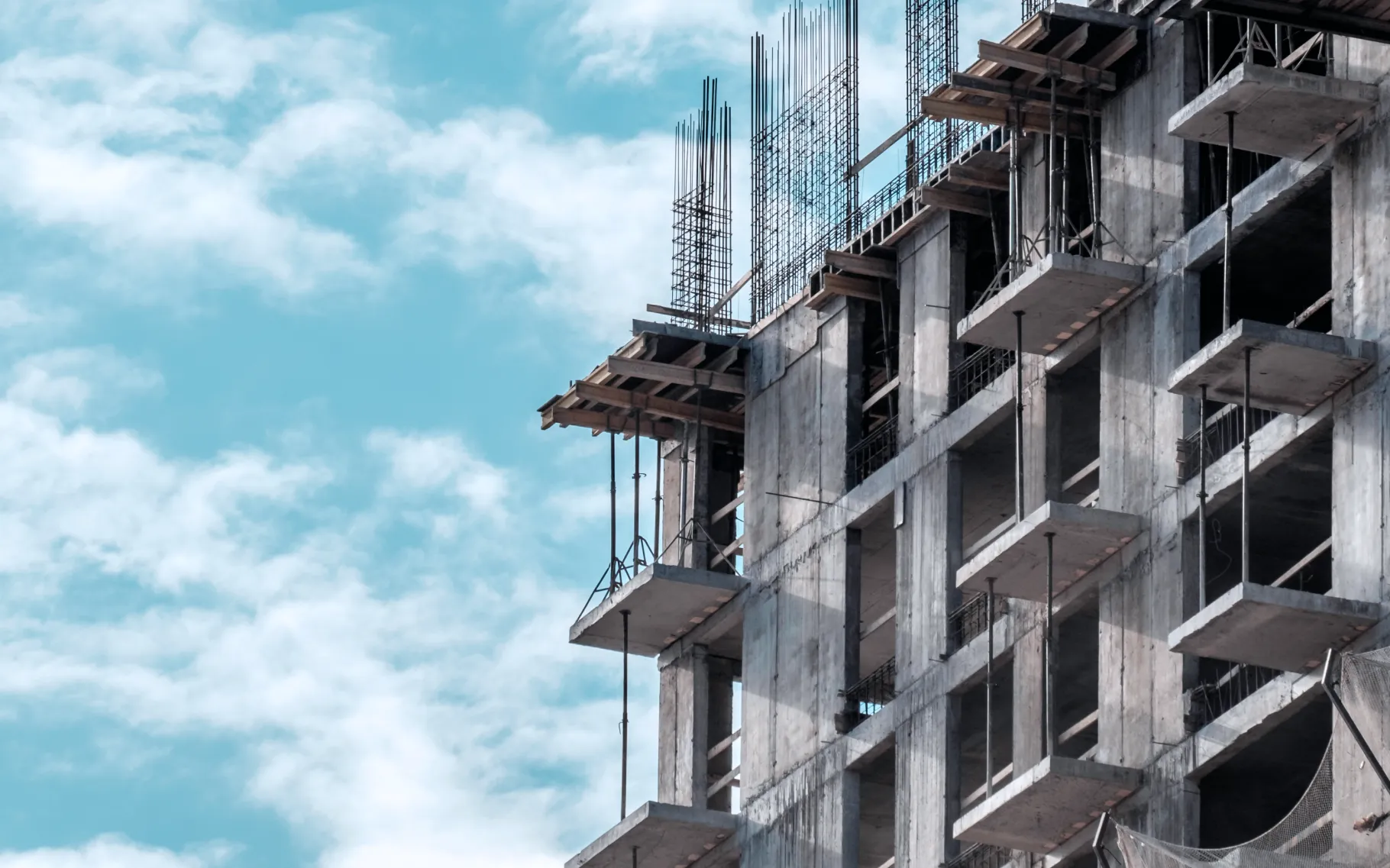If you’re in the construction industry, you know that applying for a building permit is a necessary evil. Even though it’s a painstaking process, you have to know when to apply for a permit to prevent delays in your construction timeline.
In this article, we discuss when you need to apply for a building permit and what types of projects might require you to do so.
When do you need a building permit?
Building permits vary depending on the complexity of the project and the jurisdiction you’re located in. Generally, major structural changes to a building will require a building permit.
Some specific scenarios where a building permit is typically required include:
- New constructions: A brand new building, whether commercial or residential.
- Major renovations or remodels: Major structural changes to a building, such as adding or removing walls. This also includes major changes to electrical and plumbing.
- Additions to existing structures: Adding additional features to a structure — such as rooms, garages, decks, or patios — can be considered a major structural change.
- Demolition work: Demolishing a structure almost always requires a permit.
- Installing major mechanical systems: Installing or replacing HVAC, electrical, solar, and plumbing systems.
- Exterior changes: Impactful external changes like roofing, siding, and installing doors or windows. Exterior painting generally doesn’t require a permit.
- Room conversions: Converting a space like a basement or attic into something else.
Remember, building permits are governed by the city you’re located in and vary from city to city. If you’re interested in learning more about building permits in a specific area, check out our municipal guides that cover different permit needs in different cities.
What states do not require a building permit?
Every state requires building permits in some capacity. Specific requirements vary not only from state to state but from county to county.
What is the biggest building I can build without a permit?
Structures like sheds up to 120 square feet may not require a building permit.
Remember, every municipality has its own rules and requirements around what does or doesn’t require a permit. Always check with your local government to confirm.
Who is responsible for pulling permits?
Generally speaking, contractors are responsible for pulling permits. While the property owner is typically responsible for paying for the permit, contractors should be the ones who actually apply for and obtain the permit.
What can I do without a building permit?
Not all projects require a building permit.
Here are a few common situations where you might not need to get a permit:
- Standard repair and maintenance: Painting, carpeting, or light plumbing work often doesn’t require a permit.
- Building temporary structures: Small, outside structures such as sheds, gazebos, or other small outbuildings often don’t require a permit.
- Emergency repairs: Emergency repairs for weather-related damage, such as sealing a window temporarily when there’s a leak or adding an additional support beam after a hurricane, usually don’t require a permit.
- Repaving: Repaving a driveway, walkway, or similar path probably doesn’t require a permit.
- Installing kitchen cabinets: So long as you aren’t altering the layout of the kitchen, you can probably install cabinetry without a permit.
Building permits can be confusing if your project overlaps two different jurisdictions. Be sure to check with both governing bodies to identify if one municipality supersedes the other, or if permits are required.
Building permit application process
While the process of applying for a building permit varies from city to city, the process usually follows these steps:
- Determine the scope of the project
- Identify the permits you’ll need
- Develop plans and compile application materials
- Submit application with all plans and assets
- Application review period
- Pay any necessary fees to the designated departments
- Receive permit after approval
- Break ground
- Schedule inspections at designated milestones
- Final inspection and approval
Keep building permit submissions organized with PermitFlow
If you’re looking for a smoother permitting process, try using a permit management platform like PermitFlow. PermitFlow provides construction teams an easy-to-use solution to managing multiple permits at once to ensure efficiency in your permitting process. You’ll be able to identify where your permits are at any stage of the process and see if any permits need your attention.
Chat with an expert at PermitFlow to see how permitting software can improve your company’s workflow.








